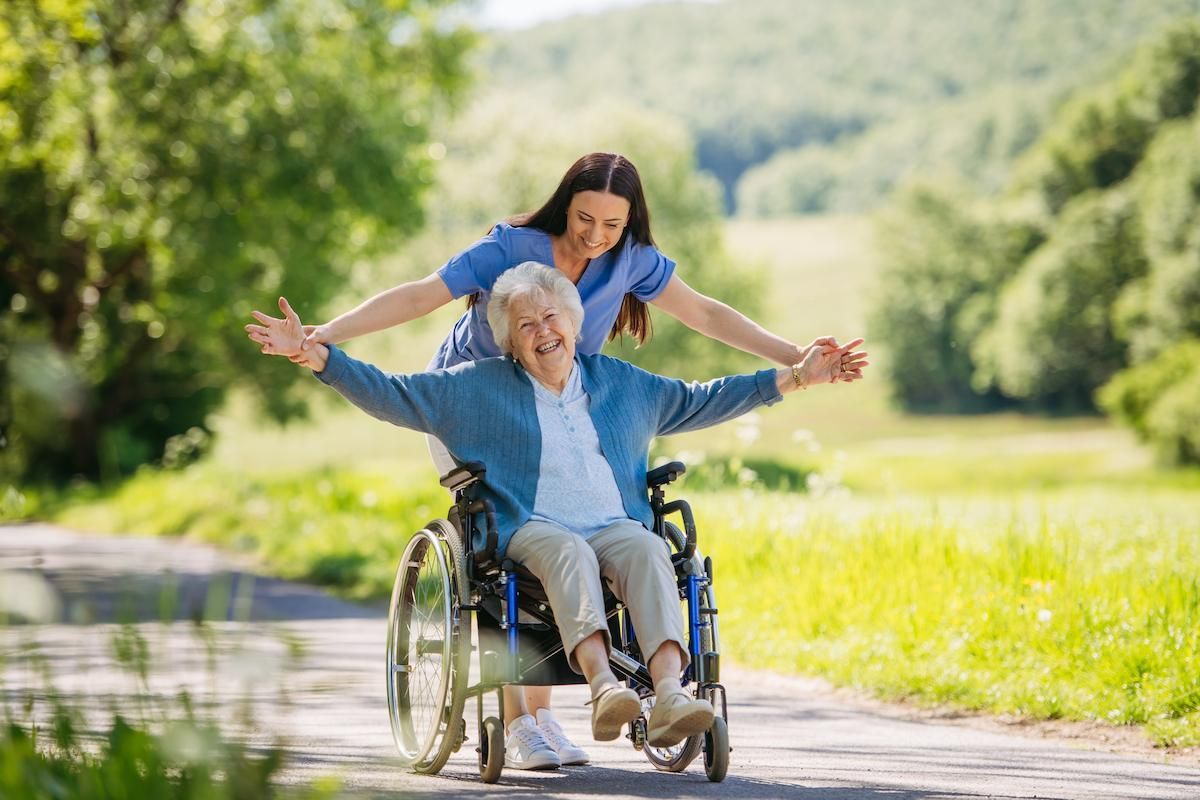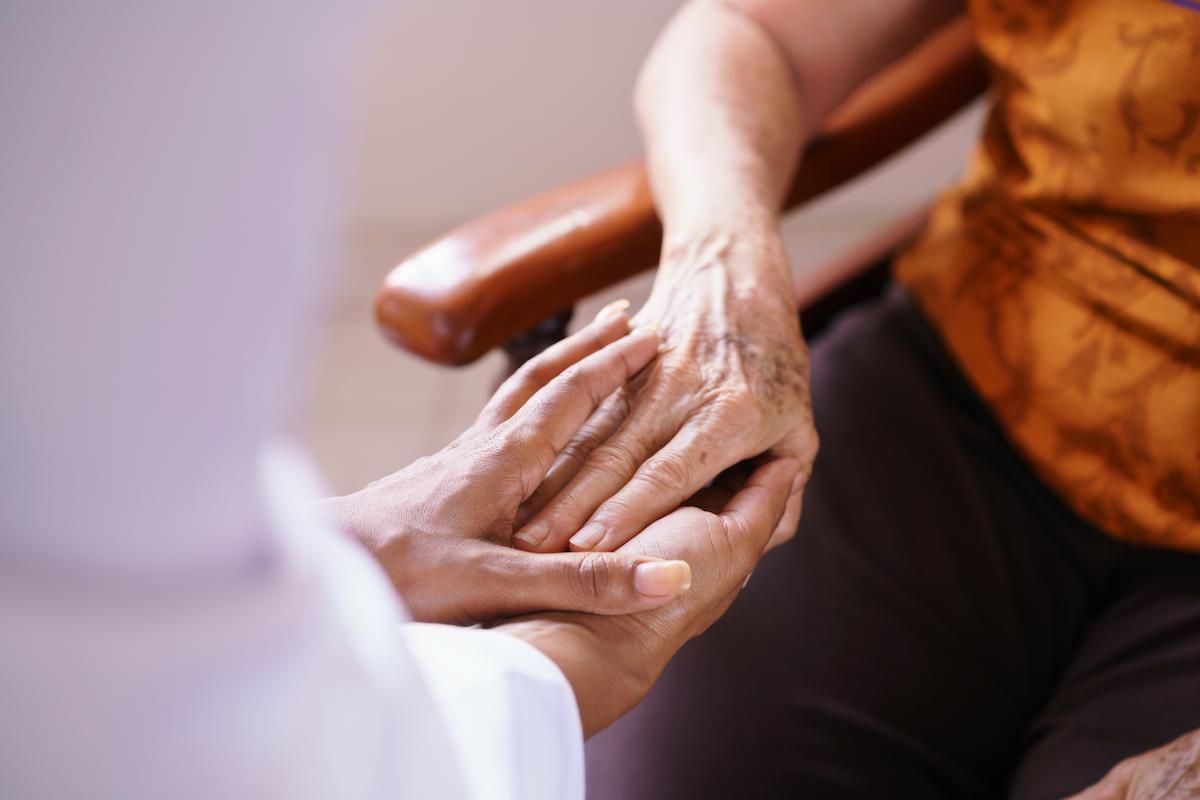Winter poses specific challenges for seniors, making safety a top priority. Cold weather can increase the risk of falls, hypothermia, and other health issues, so sufficient preparation is needed.
Quality Life Services is committed to providing detailed guidance on winter safety for seniors and helping families make informed choices. Discover practical cold-weather safety tips to ensure seniors remain healthy and secure throughout the season.
Understanding the Risks of Winter for Seniors
Winter brings unique challenges for seniors, making it crucial to address potential hazards. Falls are a major concern, especially with icy sidewalks and driveways. Seniors often face balance and vision issues, increasing the risk of slipping. Hypothermia is another serious threat, as older adults may struggle to maintain body heat in cold conditions. Their bodies might not respond as effectively to temperature changes, putting them at greater risk.
Seasonal illnesses like the flu can also be more severe for seniors, particularly those with existing health conditions. Weaker immune systems mean that what might be a minor illness for others can lead to significant complications for older adults. Recognizing these risks is vital for developing effective strategies to keep seniors safe and healthy during winter.
Essential Winter Safety Tips for Older Adults
Keeping seniors safe during winter involves thoughtful preparation and attention to detail. Families and caregivers can take practical steps to minimize cold weather risks. Here are some key strategies to ensure older adults stay safe and comfortable throughout the winter season.
1. Dress Warmly and in Layers
Keeping seniors warm in winter is vital. Layering clothes helps trap heat effectively. Start with a base layer that wicks away moisture, add a middle layer like fleece or wool for insulation, and finish with a windproof, water-resistant outer layer. Don't forget hats, gloves, and thermal socks to protect your extremities from the cold.
2. Ensure Safe Home Heating
Safe heating practices are necessary for seniors in winter. Regularly maintain heating systems to avoid fire hazards and carbon monoxide risks. Inspect fireplaces, wood stoves, and space heaters and make sure they have proper ventilation. Install carbon monoxide detectors and smoke alarms for added safety. Have a backup heating source and extra blankets ready in case of power outages.
3. Prevent Falls
Falls are a common winter hazard, but you can minimize the risk by taking simple precautions. Indoors, use non-slip mats and secure rugs. Outdoors, clear ice and snow from walkways, and use salt or sand for better traction. Encourage seniors to wear shoes with non-slip soles. Handrails and grab bars can also provide extra support.
4. Stay Connected
Staying in touch with family and caregivers is essential for senior safety. Encourage using technology like mobile phones or tablets for video calls and messaging. Keep emergency contact lists accessible so that seniors can call for help easily. Regular check-ins offer reassurance and support.
5. Maintain a Healthy Diet and Exercise Routine
A nutritious diet and regular exercise are key to staying healthy in winter. Good nutrition boosts immunity, while exercise maintains strength and flexibility. Encourage a diet rich in fruits, vegetables, and lean proteins. Indoor activities like yoga or light weightlifting can keep seniors active and fit.
Additional Considerations for Senior Winter Safety
Regular health check-ups and vaccinations are important for preventing winter illnesses. Seniors should consult healthcare providers to stay current with flu shots and other vaccines. An emergency plan, including contacts, medical information, and medications, can be crucial during unexpected events.
Ensure Your Senior Loved Ones Are Safe This Winter With Quality Life Services
Preparing well for winter helps keep seniors safe from cold weather challenges. By following these tips, families can help their loved ones stay healthy and secure. Quality Life Services is committed to proactive senior care, offering comprehensive support and guidance. For more information on our safety and well-being priorities, contact us at Quality Life Services.
Image credit: Jelena Stanojkovic / Shutterstock



